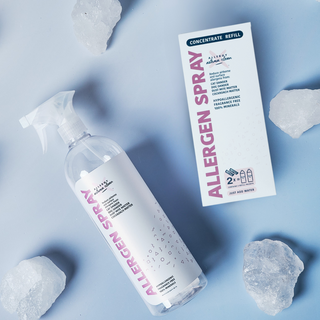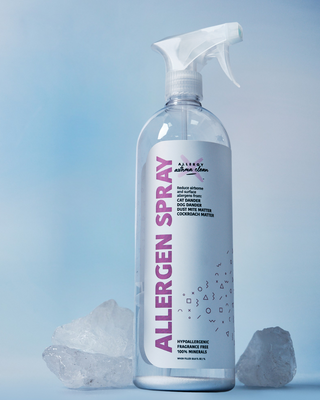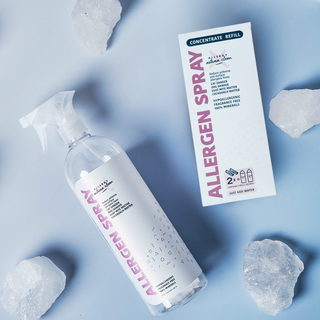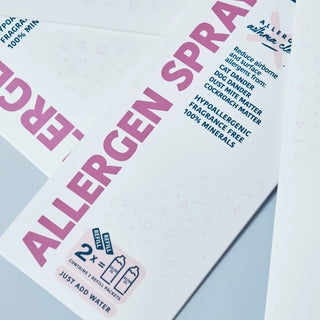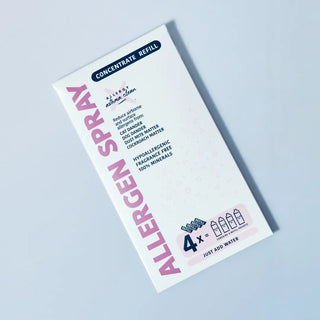

Allergens
Indoor Allergies
A Quick Guide
What are Indoor Allergies?
Millions of people suffer year-round from allergy symptoms caused by indoor allergens. These culprits include dust mite droppings, animal dander, cockroach droppings, and molds.
Your immune system controls how your body defends itself. For instance, if you have an allergy to dust mites, your immune system identifies dust mites as an invader or allergens. As a result, your immune system overreacts by producing allergic antibodies called Immunoglobulin E (IgE). These antibodies travel to cells that release chemicals, causing an allergic reaction. This reaction usually causes symptoms such as sneezing, stuffiness, a runny nose, or itchiness in your nose, the roof of your mouth, throat, eyes, or ears.
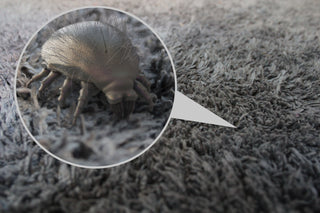

Dust mites
Dust mites (Der p 1 and Der f 1) are small, spider-like creatures that live in soft surfaces. They are too small to be seen with the naked eye. They thrive in warm, humid environments. Dust mites live in mattresses, bedding, upholstered furniture, and carpets. Since they like warm, moist spots, it's no wonder Antarctica is the only place they don't exist! Their food source is the dead skin cells that people and animals shed. In addition, the feces and body parts of dust mites contain a potent allergen that can cause problems for people who are sensitive to it.
Dust mite allergies are among the most common types of allergies, affecting millions worldwide. In addition, they are the most common cause of year-round allergies and asthma. Pro tip: Dust mites do not bite humans.


Pets
The major cat allergen (Fel d 1) and dog allergen (Can f 1) are proteins present in your pet's dander, saliva, and urine. Pro tip: Pet hair is not an allergen but it can collect other allergens like pollens and mold.
Pet allergens are extremely small - so small that it can easily become airborne and inhaled. The average size of a pet dander particle is just 2.5 microns, which is about one-tenth the diameter of a human hair.
Because pet allergens are so tiny, it can easily pass through HVAC filters, or air purifiers and into your lungs.
Once they become airborne, pet allergen particles can remain afloat for hours, making them a common trigger for indoor allergies. This can trigger asthma attacks and other respiratory problems. What's more, pet allergens are extremely light and can easily be carried on clothes or shoes, which means it can spread quickly from one room to another. Indeed, your home can contain pet allergens even if you don't own a pet.
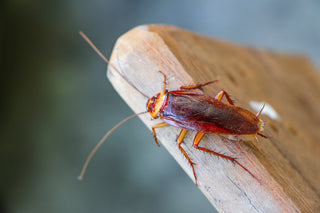
Cockroach
Cockroach (bla g 2) allergen is a protein that is found in cockroach droppings, saliva, and body parts. When these proteins become airborne, they can trigger an allergic reaction in people who are sensitized to them. Symptoms of a cockroach allergen reaction include sneezing, runny nose, watery eyes, and itching. In severe cases, cockroach allergen can cause asthma attacks and other respiratory problems.
Think you might have indoor allergies? Take this short quiz.*


How the body reacts to an allergen
Allergies are a complex immune response in which the body senses an otherwise harmless substance as a threat. When an allergen is encountered, the immune system responds by releasing histamines and other chemicals into the bloodstream, causing symptoms such as sneezing, wheezing, or hives. These reactions are intended to help eliminate the perceived threat from the body, but they can also cause serious health problems and discomfort for those who suffer from allergies. Ultimately, understanding how allergies work is critical for anyone who wants to live a healthy and comfortable life despite their allergic sensitivities.
Your mucous membranes and allergens
Mucous membranes are found throughout the body, lining various cavities and covering surfaces that come into contact with the external environment. One of their primary functions is to act as a barrier against harmful substances, such as bacteria and viruses. However, mucous membranes can also become irritated or inflamed in response to allergens, or pet allergens. When this happens, mucous membranes produce excess mucus in an attempt to flush out the allergen. This can lead to symptoms such as runny nose, watery eyes, and sneezing. In severe cases, mucous membrane inflammation can cause difficulty breathing.
What about high concentrations of allergens
Side effects of concentrated amounts of indoor allergens can be serious and should not be taken lightly. Exposure to high concentrations of indoor allergens, such as dander, may lead to a variety of adverse reactions in some individuals. In some cases, prolonged exposure to indoor allergens may even contribute to the development of chronic health conditions such as asthma. In severe cases, an animal allergy can even trigger anaphylaxis, a potentially life-threatening reaction. Therefore, it is important for people with sensitivities to these substances to take steps to minimize their exposure whenever possible.

What can you do to help prevent an allergy attack?
First, it's important to see an allergist/immunologist. They will help you narrow down what you are allergic to and how best to treat your symptoms. Here are some steps you can take to help reduce an attack.
Pet allergies:
1. Try not to hug or kiss your pet (I know, it's nearly impossible) without washing your hands and face after
2. Invest in a good HEPA air filter with a high MERV rating
3. Keep pets out of the bedroom; remember allergens are sticky proteins, and they will stick to your bedding, clothes, furniture, etc
4. Get a micro-filter for your vacuum. You would be surprised at how many allergens leak back into the air from vacuuming. Pro tip: Use the Allergen Spray in the air after vacuuming
5. Use Allergen Spray throughout your house in the air and on surfaces. Since allergens can easily transfer from room to room, it's vital to spray your entire house.
Dust mites allergies
1. Change your bedding often. Always wash your bedding in hot water (130 degrees) with soap.
2. Invest in a good HEPA air filter or air purifier
3. Buy a good set of allergy-proof sheets and pillowcases.
4. On items you can't wash, use an Allergen Spray.
Cockroach allergy
1. Avoid leaving pet food out
2. Clean often. Use the Allergen Spray after cleaning
3. Fix any leaks
4. Use bait if needed. Do not use a spray.
Common Questions
Indoor Allergen Control
*This quiz is intended for info only; it is not to diagnose, treat, prevent, or cure a disease, allergies, or more.
Articles
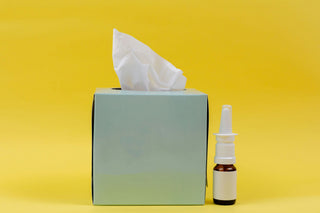
Choosing the Right Nasal Spray for Your Needs
Many nasal sprays—especially decongestant sprays like oxymetazoline (Afrin) or phenylephrine—are only meant to be used for 3 consecutive days. Why

Natural Alternatives to Prednisone for Allergies
While prednisone effectively controls severe allergic reactions, its long-term use comes with serious health risks that leave many patients searching for safer alternatives. The steroid hormone can cause high blood...

